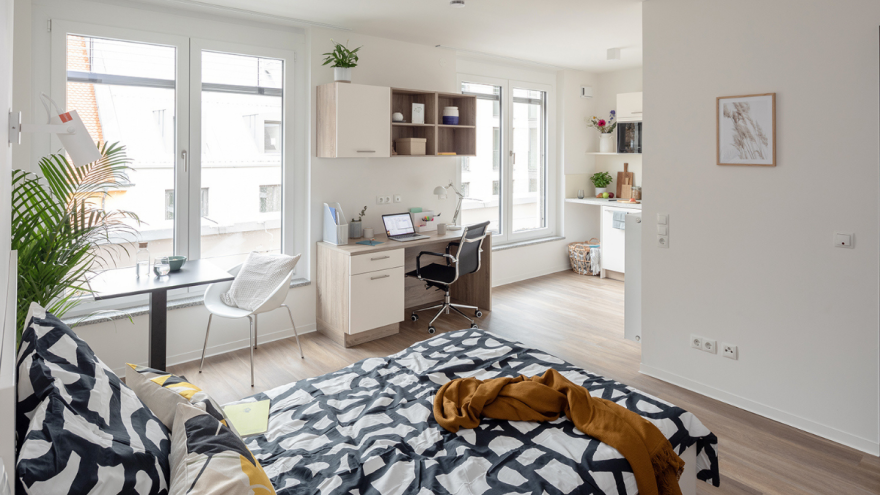
Co-Living Spaces: The Future of Urban Living
As urban populations grow and housing affordability becomes a challenge, co-living spaces are emerging as a smart solution for modern city dwellers. These shared living arrangements offer flexibility, affordability, and a sense of community, making them an attractive option for young professionals, students, and digital nomads.
- What Are Co-Living Spaces?
Co-living spaces are residential properties where individuals or small groups share common facilities such as kitchens, lounges, and recreational areas while maintaining private living quarters. They foster a collaborative and social environment, providing an alternative to traditional rental apartments.
✔ Shared living spaces with private bedrooms
✔ Fully furnished accommodations
✔ All-inclusive pricing covering rent, utilities, and services
✔ Community-driven lifestyle with networking opportunities
- Key Benefits of Co-Living Spaces
A. Affordability & Cost Savings
✔ Lower Rent & Utility Costs – Expenses are shared, reducing the financial burden.
✔ No Maintenance Hassles – Property management takes care of upkeep.
✔ No Need for Buying Furniture – Most co-living spaces are fully furnished.
✔ Flexible Leasing Options – Short-term and long-term stays available.
B. Community & Networking Opportunities
✔ Meet Like-Minded Individuals – Ideal for professionals, entrepreneurs, and creatives.
✔ Regular Social Events & Workshops – Networking sessions, game nights, and skill-sharing events.
✔ Collaboration & Work-Friendly Environments – Some spaces include co-working areas.
✔ Less Loneliness, More Interaction – A built-in support system for residents.
C. Convenience & Amenities
✔ High-Speed Internet & Workspaces – Supports remote work and digital lifestyles.
✔ Housekeeping & Laundry Services – Hassle-free living experience.
✔ Fully Equipped Kitchens & Common Areas – Encourages social dining and bonding.
✔ Gym, Yoga Studios & Recreation Areas – Encourages a healthy lifestyle.
D. Sustainability & Eco-Friendly Living
✔ Optimized Energy Consumption – Lower carbon footprint due to shared resources.
✔ Reduced Wastage – Efficient use of common utilities and groceries.
✔ Minimal Space Requirements – Encourages sustainable urban planning.
✔ Green Initiatives – Many spaces promote recycling and eco-friendly practices.
- Who Should Consider Co-Living?
✔ Young Professionals & Freelancers – Ideal for those seeking affordability and networking.
✔ Students & Interns – Great for communal learning and budget-friendly living.
✔ Remote Workers & Digital Nomads – Access to co-working spaces within residential settings.
✔ Expats & Newcomers to a City – Offers instant community support and connections.
- Popular Co-Living Trends
✔ Tech-Integrated Living – Smart homes with automated controls.
✔ Themed Co-Living Spaces – Communities focused on wellness, entrepreneurship, or art.
✔ Hybrid Models – Co-living + Co-working combined for ultimate convenience.
✔ Senior Co-Living – Growing demand for community-based senior housing.
Final Thoughts
Co-living is redefining urban housing by blending affordability, convenience, and social engagement. As cities continue to grow, this innovative housing model will play a crucial role in shaping the future of urban living.
